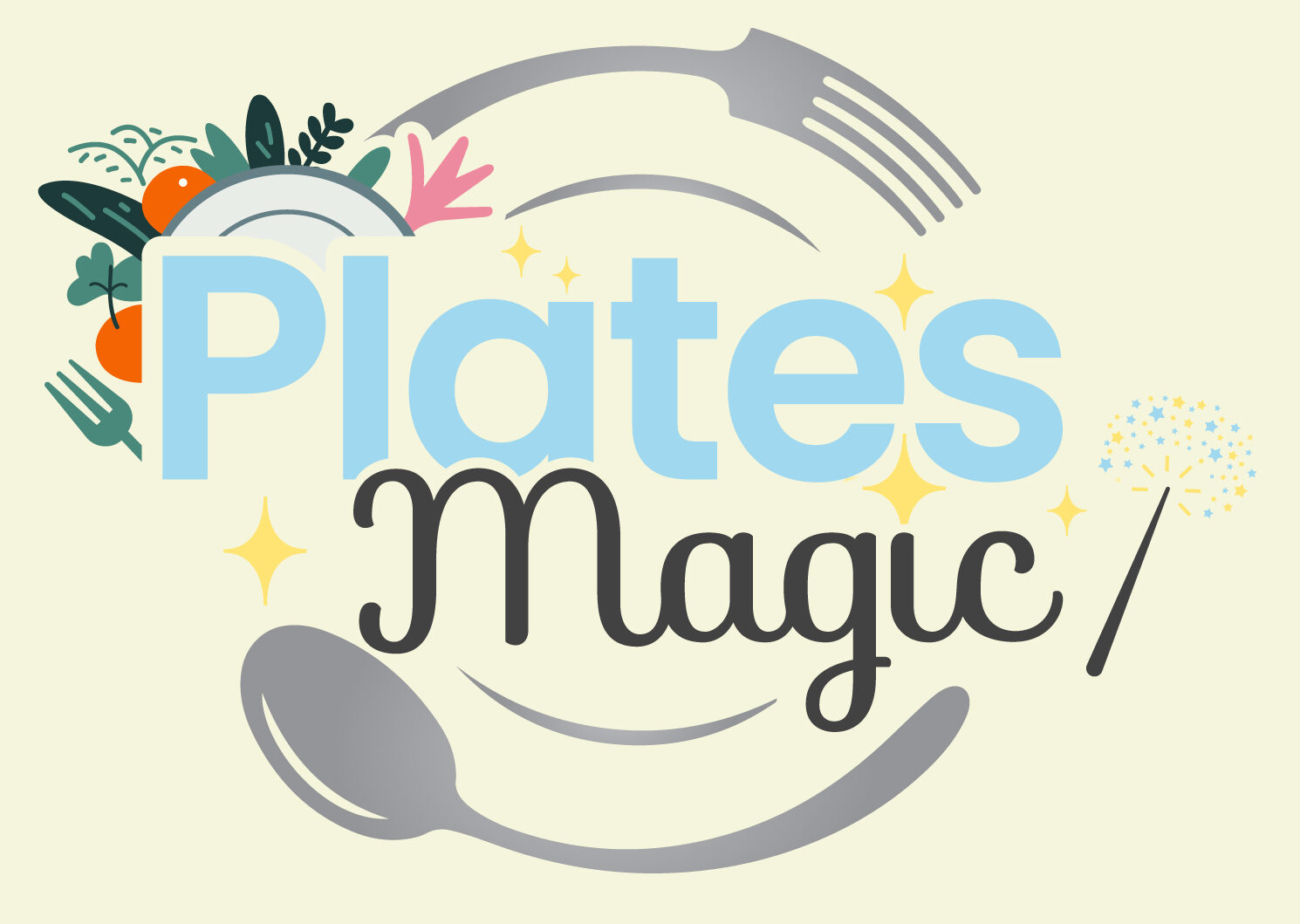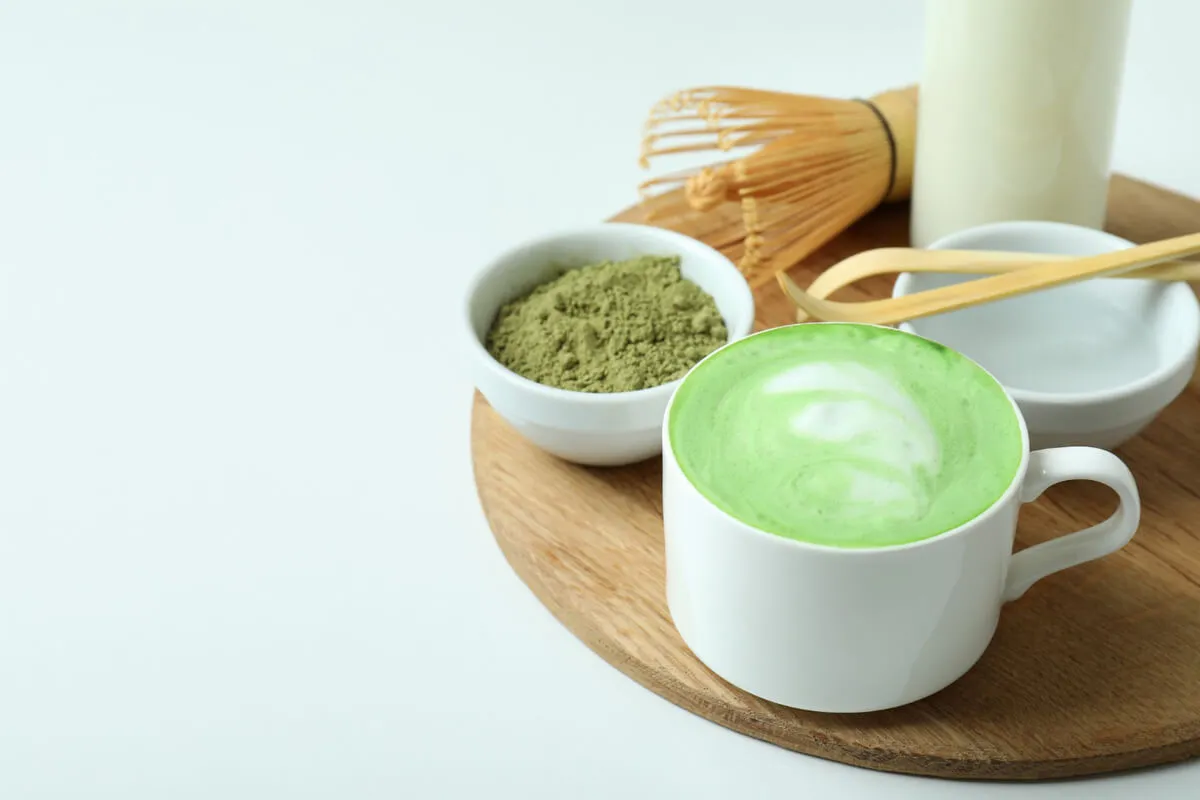Introduction
The Starbucks Matcha Latte is one of the brand’s most beloved drinks, known for its vibrant green color, creamy texture, and unique earthy-sweet flavor. Perfect for both tea lovers and those seeking a caffeine boost without coffee, this drink has garnered a loyal fanbase worldwide. Whether enjoyed hot on a chilly morning or iced during warm afternoons, it’s a versatile beverage that fits any season.
For those who crave this delightful drink often, learning how to recreate the Starbucks matcha latte recipe at home is a game-changer. Not only can you customize it to suit your preferences, but it’s also a cost-effective alternative to frequent café visits. By using essential ingredients like Starbucks matcha powder or similar substitutes, and following simple steps, you can enjoy both the classic hot latte and the refreshing Starbucks iced matcha latte recipe in your own kitchen.
1. What is Starbucks Matcha Latte?
The Starbucks Matcha Latte is a signature blend of matcha green tea, creamy milk, and a touch of sweetness, creating a harmonious balance of flavors. It’s a versatile drink that can be enjoyed hot or iced, making it a year-round favorite for tea enthusiasts and those exploring alternatives to coffee.
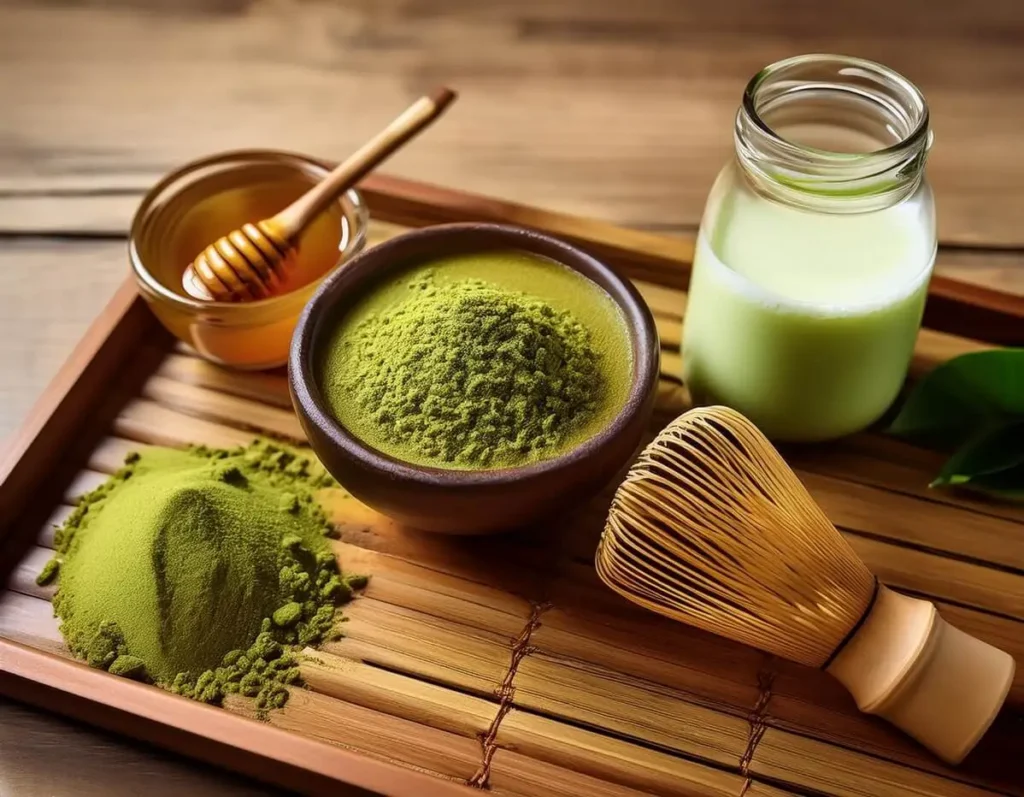
1.1 Ingredients in a Starbucks Matcha Latte
What does Starbucks put in the matcha latte? The Starbucks Matcha Latte is made from three primary ingredients:
- Matcha Powder: Starbucks matcha powder is a pre-sweetened mix of finely ground green tea and sugar. This unique formula ensures consistency and a mild sweetness in every sip.
- Milk: Whole milk is the standard, but customers can choose from plant-based options like almond, oat, or soy milk for a personalized twist.
- Sweeteners (Optional): While the matcha powder is already sweetened, some enjoy adding vanilla syrup or honey for extra flavor.
This simple ingredient list is what makes the Starbucks Matcha Latte so appealing—easy to replicate yet delightfully satisfying.
1.2 Why Is Matcha So Popular?
Matcha has become a global sensation, known for its earthy flavor, vibrant green color, and creamy consistency when mixed with milk. Originating from Japan, matcha is finely ground green tea leaves that are whisked into water or milk, unlike traditional tea, which is steeped.
Beyond its taste, matcha is celebrated for its health benefits. It’s packed with antioxidants, particularly EGCG (epigallocatechin gallate), which supports overall wellness. Additionally, matcha provides a gentle energy boost with less caffeine than coffee, making it a popular choice for mindful drinkers.
Starbucks has capitalized on this trend, offering a customizable iced matcha latte Starbucks lovers can enjoy. The creamy texture and sweetened matcha powder appeal to both tea enthusiasts and those new to the matcha experience.
2. Is a Matcha Latte Healthy from Starbucks?
2.1 Nutritional Overview
Is a matcha latte healthy from Starbucks? The healthiness of a Starbucks Matcha Latte depends on your dietary preferences and goals. While matcha itself is nutrient-rich, the Starbucks version contains sweetened matcha powder, which significantly increases its calorie and sugar content.
Here’s the nutritional breakdown of a Grande-sized (16 oz) Starbucks Matcha Latte with 2% milk:
- Calories: 240
- Sugar: 32 grams
- Fat: 7 grams
- Caffeine: 80 milligrams
For those monitoring sugar intake, the high sugar content in Starbucks matcha powder is a downside. The drink’s creamy texture and flavor come from its sweetened formula and milk, which add to its calorie count.
2.2 Health Benefits and Considerations
Pros:
- Rich in Antioxidants: Matcha is loaded with catechins like EGCG, which are known for their ability to fight oxidative stress and support cellular health.
- Gentle Energy Boost: Matcha provides moderate caffeine paired with L-theanine, promoting calm focus without the jitters of coffee.
- Potential Metabolism Benefits: Studies suggest matcha may support metabolism and fat oxidation when paired with regular activity.
Cons:
- High Sugar Content: Starbucks matcha powder includes added sugar, which reduces its overall health benefits.
- Caloric Intake: A Grande serving can quickly add up in calories, particularly with added syrups or whole milk.
Tips for a Healthier Version at Home:
- Use unsweetened matcha powder to control sugar levels.
- Opt for plant-based milks like almond or oat milk to lower calorie content.
- Sweeten with natural options like honey or stevia, or skip sweeteners altogether for a more authentic matcha experience.
By making these adjustments, you can enjoy the health benefits of matcha without the added sugar and calories.
3. How to Make Starbucks Matcha Latte at Home
Learning how to make the Starbucks matcha latte recipe at home is simple and fun. With just a few ingredients and tools, you can recreate both the hot and iced versions of this beloved beverage. Below are step-by-step instructions for each variation, along with tips to ensure your latte is café-quality every time.
3.1 Classic Hot Starbucks Matcha Latte Recipe
Ingredients:
- 1 ½ teaspoons of sweetened matcha powder (Starbucks matcha powder or equivalent)
- 1 cup of milk (whole, almond, oat, or soy)
- 1 cup of hot water (heated to 175°F for optimal matcha blending)
- Sweetener (optional: honey, agave, or vanilla syrup)
Instructions:
- Dissolve the Matcha: In a small bowl or mug, whisk 1 ½ teaspoons of sweetened matcha powder with hot water until fully dissolved. A bamboo whisk (chasen) or a handheld frother works best for achieving a smooth, clump-free consistency.
- Heat the Milk: Warm your milk on the stovetop or in the microwave until it reaches your desired temperature. Froth the milk using a frother, whisk, or French press for a creamy texture.
- Combine: Pour the matcha mixture into a cup, then slowly add the steamed milk. Stir gently to combine.
- Optional Sweetener: Add honey, agave, or vanilla syrup to taste, but remember that sweetened matcha powder already contains sugar.
This warm and creamy latte is perfect for chilly mornings or as a comforting afternoon treat.
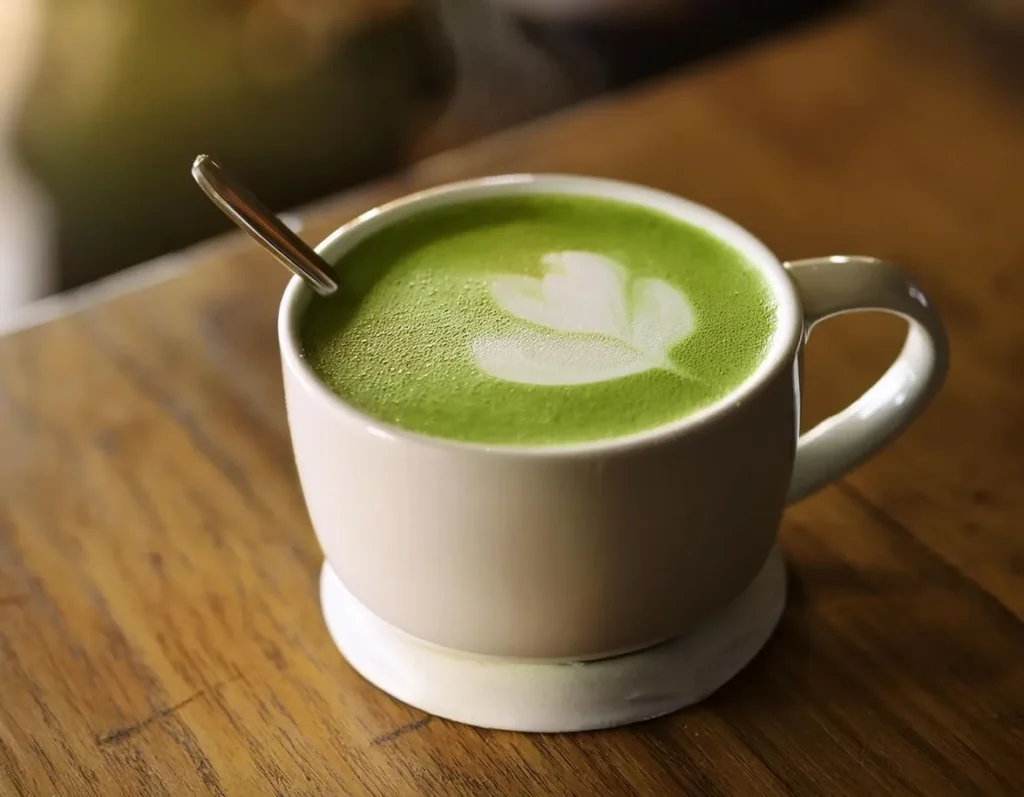
3.2 Starbucks Iced Matcha Latte Recipe
Ingredients:
- 1 ½ teaspoons of sweetened matcha powder
- 1 cup of milk (cold or chilled)
- ½ cup of cold water
- 4-5 ice cubes
- Sweetener (optional)
Instructions:
- Prepare the Matcha: In a shaker or blender, combine 1 ½ teaspoons of matcha powder with cold water. Shake vigorously or blend until the matcha is fully dissolved and frothy.
- Add Milk: Pour chilled milk into the shaker or blender with the matcha mixture. Shake or blend again for a creamy, uniform consistency.
- Serve Over Ice: Fill a tall glass with ice cubes and pour the matcha-milk mixture over the top.
- Sweeten as Desired: Add honey, simple syrup, or vanilla syrup for additional sweetness.
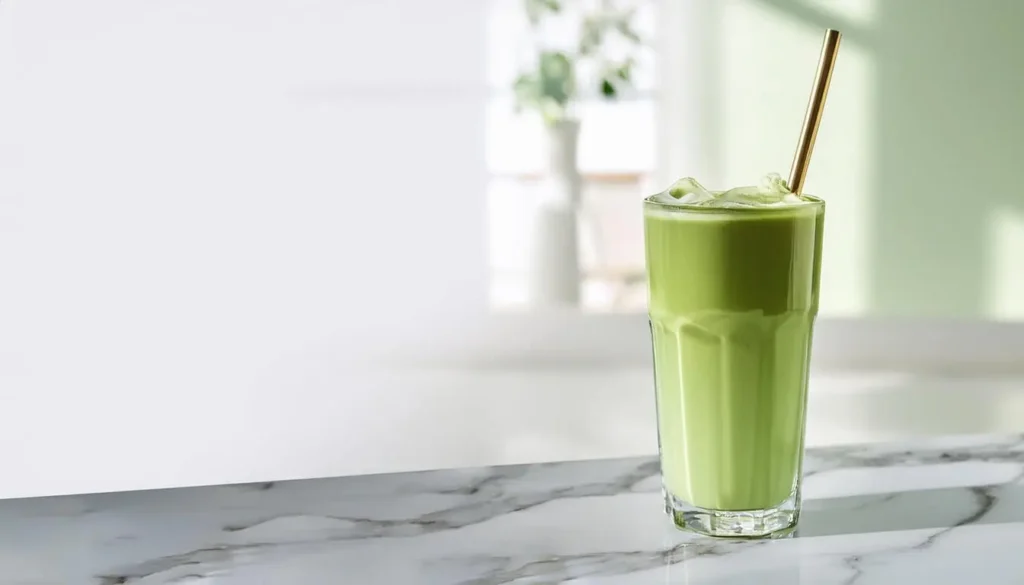
The Starbucks iced matcha latte recipe is a refreshing option, especially during warmer months. The shaker or blender ensures a frothy, café-style finish.
3.3 Tips for the Perfect Matcha Latte
How do I make my matcha latte taste better? Achieving the perfect matcha latte requires attention to detail and the right tools. Here are some tips:
- Adjust the Matcha-to-Water Ratio: If the flavor is too strong or too weak, tweak the amount of matcha powder to suit your taste. Start with 1 ½ teaspoons and adjust from there.
- Use Quality Tools: A bamboo whisk, milk frother, or blender helps dissolve matcha completely, preventing clumps and creating a smooth texture.
- Experiment with Milk Options: Whole milk provides a creamy base, but almond or oat milk adds a unique nutty flavor that pairs well with matcha.
- Enhance with Flavors: Add a dash of cinnamon, vanilla extract, or even a sprinkle of cocoa powder to elevate the flavor.
- Customize Sweetness: Instead of over-sweetening, try natural alternatives like coconut sugar or stevia. This helps maintain balance and avoids masking the matcha’s earthy profile.
With these tips, your homemade Starbucks matcha latte recipe will rival any café version, whether served hot or iced. Enhance your homemade drinks with techniques similar to those used in popular beverages like gingerbread hot chocolate.
4. What is the Best Sweetener for Matcha Lattes?
Finding the perfect sweetener for your matcha latte can elevate its flavor while maintaining balance. Whether you prefer natural or processed options, the choice of sweetener depends on your taste preferences and dietary needs.
4.1 Sweetener Options
What is the best sweetener for matcha lattes? There are several popular sweeteners to choose from, each offering unique flavors and benefits:
- Honey:
- Pros: A natural sweetener with a rich, floral flavor that complements matcha’s earthy notes. It also provides trace nutrients and antioxidants.
- Cons: Not vegan and can overpower the matcha flavor if used excessively.
- Agave Syrup:
- Pros: Vegan-friendly and mild in taste, agave syrup dissolves easily in hot or cold drinks.
- Cons: High in fructose, so it’s best used in moderation.
- Vanilla Syrup:
- Pros: Adds a creamy, dessert-like flavor reminiscent of Starbucks’ vanilla-infused drinks.
- Cons: Typically contains processed sugars and artificial flavorings.
- Coconut Sugar:
- Pros: A natural, low-glycemic sweetener with a subtle caramel-like flavor that pairs well with matcha.
- Cons: Doesn’t dissolve as easily as liquid sweeteners in cold drinks.
Each sweetener enhances the matcha latte in a different way, so experimenting with these options can help you find your ideal match. Coconut sugar is a great alternative for those seeking a natural sweetener for drinks and baked goods.
4.2 Adjusting Sweetness Levels
The key to a perfect matcha latte is achieving a balanced sweetness that enhances, rather than masks, the matcha’s natural flavor. Here are some tips for adjusting sweetness:
- Start Small: Begin with a small amount of sweetener and gradually add more to avoid over-sweetening.
- Test in Batches: If you’re trying a new sweetener, make a small batch of your latte to test the flavor before committing.
- Blend Sweeteners: Combine sweeteners, such as honey with vanilla syrup, to achieve a complex flavor profile.
- Consider the Matcha Powder: If using sweetened matcha powder, reduce or skip additional sweeteners to maintain balance.
Customizing sweetness allows you to tailor your latte to your taste while enjoying the matcha’s authentic profile.
5. Starbucks Matcha Powder and Alternatives
5.1 What Makes Starbucks Matcha Powder Unique?
Starbucks matcha powder stands out because it is pre-sweetened, combining finely ground matcha green tea with sugar. This blend simplifies preparation and ensures consistent flavor in every drink. The sweetened formula contributes to the latte’s creamy and slightly sweet taste, which appeals to a broad audience, even those new to matcha.
However, this sweetness also means the powder is less customizable compared to traditional matcha. With approximately 32 grams of sugar in a Grande-sized latte, Starbucks matcha powder leans more toward a dessert-like drink than a traditional health beverage. In contrast, pure matcha contains no added sugar and provides a more robust, earthy flavor.
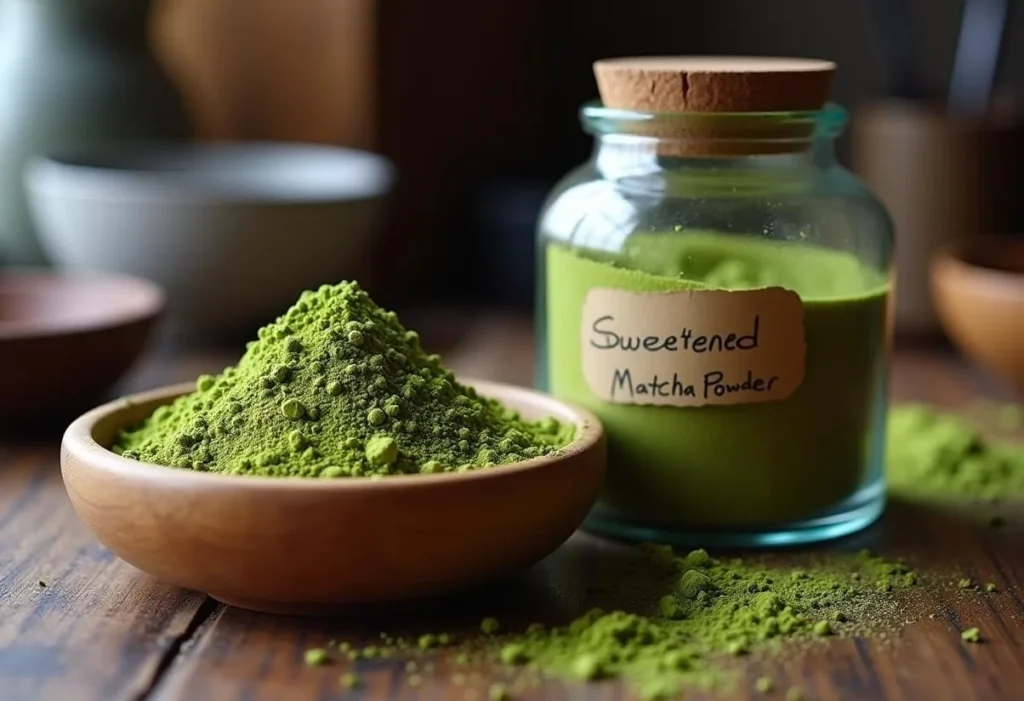
5.2 Finding the Right Matcha Powder
For those recreating the Starbucks matcha latte recipe at home, choosing the right matcha powder is essential. Matcha comes in two main grades:
- Ceremonial-Grade Matcha:
- Best For: Traditional tea preparation and drinks that highlight matcha’s natural flavor.
- Flavor Profile: Smooth, slightly sweet, and vibrant.
- Example Brands: Ippodo, Encha.
- Culinary-Grade Matcha:
- Best For: Lattes, smoothies, and baked goods where matcha is blended with other ingredients.
- Flavor Profile: Stronger and more robust with a slightly bitter edge.
- Example Brands: Jade Leaf, Matcha Love.
To replicate Starbucks’ flavor profile, opt for culinary-grade matcha and mix it with sugar in a 3:1 ratio. Brands like Jade Leaf offer pre-sweetened matcha powders that closely mimic the Starbucks blend.
Whether you prefer pre-sweetened or pure matcha, the choice depends on your desired balance between flavor, sweetness, and health benefits. Try using vegan-friendly ingredients like almond milk or coconut sugar for your recipes.
6. Frequently Asked Questions (FAQ)
What Does Starbucks Put in the Matcha Latte?
The Starbucks Matcha Latte is made with just three main ingredients:
- Matcha Powder: Starbucks uses a pre-sweetened matcha powder that combines finely ground green tea leaves with sugar for a consistent flavor.
- Milk: Whole milk is the standard, but you can customize with plant-based options like almond, oat, or soy milk.
- Sweetener (Optional): While the matcha powder is already sweetened, some add syrups like vanilla for extra flavor.
To prepare the latte, the matcha powder is blended with milk and steamed (or chilled for iced versions). The result is a creamy, earthy, and slightly sweet beverage that’s perfect for any time of year.
Is a Matcha Latte Healthy from Starbucks?
While matcha is known for its health benefits, the Starbucks Matcha Latte contains a significant amount of sugar due to its pre-sweetened matcha powder. A Grande-sized latte (16 oz) with 2% milk has:
- Calories: 240
- Sugar: 32 grams
- Caffeine: 80 milligrams
To make a healthier version, try using unsweetened matcha powder at home, paired with plant-based milk and natural sweeteners like honey or stevia. This way, you can enjoy the benefits of antioxidants and moderate caffeine without the extra sugar.
How Do I Make My Matcha Latte Taste Better?
To enhance the flavor of your matcha latte:
- Choose Quality Milk: Whole milk offers creaminess, while oat or almond milk adds unique flavor profiles.
- Balance Sweetness: Use natural sweeteners like honey or coconut sugar, or try flavored syrups like vanilla or caramel.
- Add Spices: A pinch of cinnamon or nutmeg can add warmth and depth.
- Use Proper Tools: A milk frother or bamboo whisk ensures a smooth, clump-free latte.
What Is the Best Sweetener for Matcha Lattes?
The ideal sweetener depends on your preferences. Popular options include:
- Honey: Natural and flavorful.
- Agave Syrup: Mild and vegan-friendly.
- Vanilla Syrup: Adds a dessert-like twist.
- Coconut Sugar: Offers a subtle caramel flavor.
Each sweetener brings a unique taste to your latte, so experiment to find your favorite combination.
7. Conclusion
The Starbucks Matcha Latte is a versatile beverage that has captured the hearts of tea lovers everywhere. Its creamy texture, vibrant green hue, and balanced flavor make it a perfect choice for any time of year. Whether enjoyed hot on a cozy morning or iced during a sunny afternoon, this latte brings a touch of indulgence to your day.
By learning how to recreate the Starbucks matcha latte recipe at home, you can enjoy this café favorite on your terms. Homemade lattes offer endless possibilities for customization—you can choose your preferred milk, adjust sweetness levels, and experiment with flavors like vanilla, cinnamon, or even cocoa. Additionally, making your matcha latte at home is a cost-effective and healthier alternative, especially when you opt for unsweetened matcha powder and natural sweeteners.
Don’t be afraid to get creative. Try using oat milk for a creamy finish or coconut sugar for a subtle caramel flavor. With a little experimentation, you’ll find the perfect matcha latte recipe that suits your taste buds.
Now that you have all the tips, tricks, and recipes, it’s time to brew your own Starbucks-inspired matcha latte and enjoy the comfort of your favorite drink anytime, anywhere.
